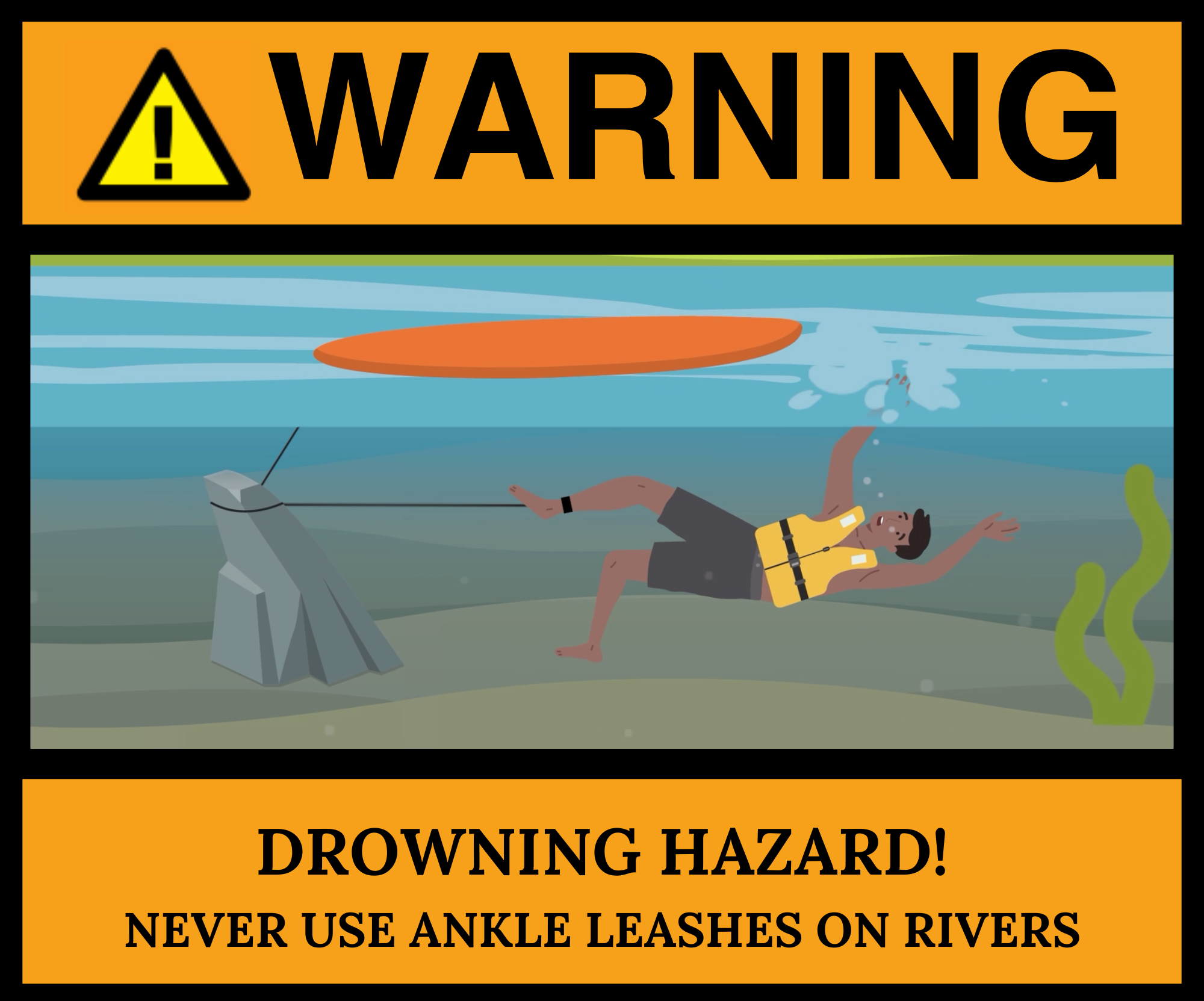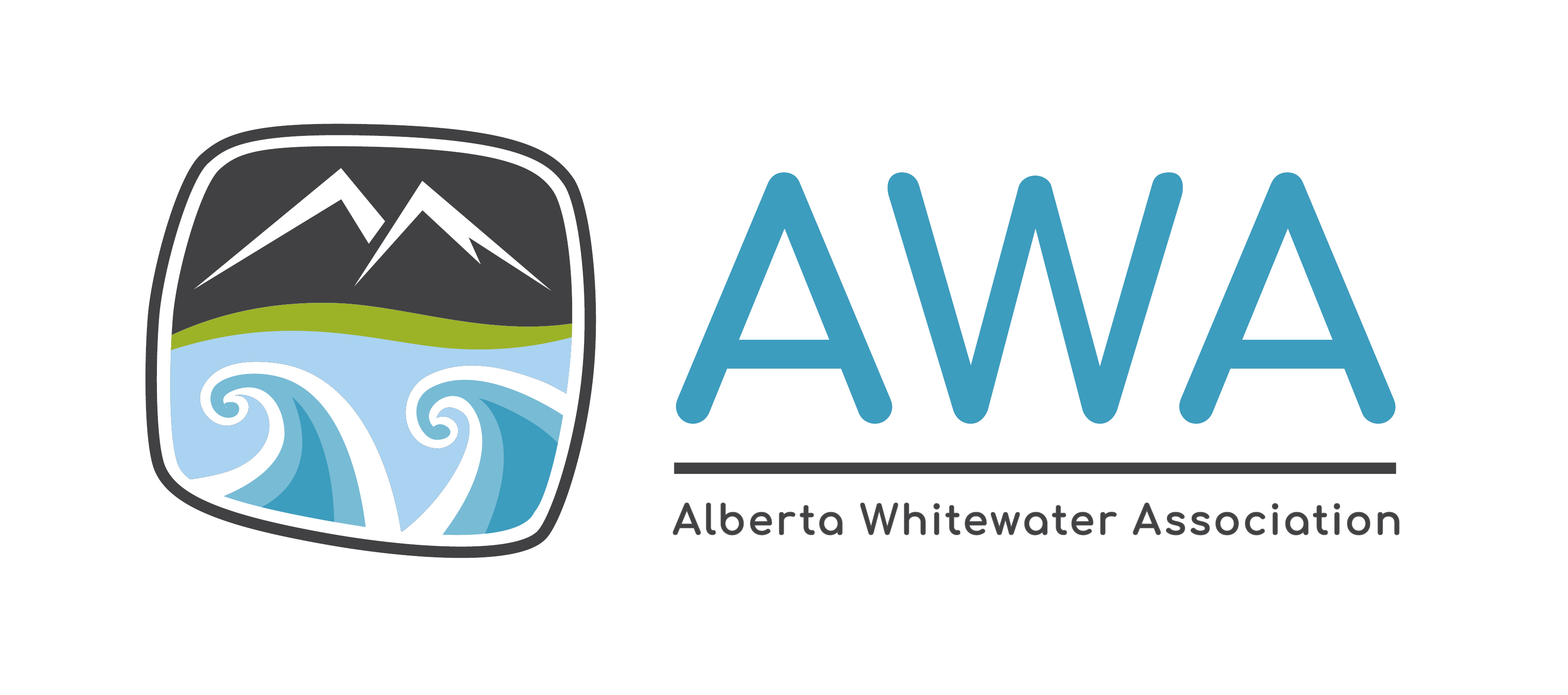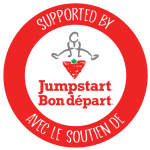Blog Post: Top Tips for Staying Safe on the River in Alberta this Summer
- Never use an ankle leash on moving water
If you use your SUP on a river, leave the ankle leash at home! Although most SUP boards come with an ankle leash, these leashes are designed for flat water use. Lakes don’t have a current, so the ankle leash isn’t an entrapment hazard on a lake.
Tragically, every year on Alberta rivers, several paddleboarders drown due to ankle leash entanglements.
The Alberta Whitewater Association recommends that ankle and calf leashes never be used on rivers.
Many people think that if their leash gets caught on something, they’ll be able to easily remove the leash, but that’s not true in a moving water environment. The force of the current can overpower even the strongest individuals and prevent them from reaching their ankle.

- Never tie yourself to anything while on the river.
Ropes present a hazard when combined with moving water. You may see people:
- tie boats together,
- tie floating coolers to a boat,
- leash children to a boat, or
All of these are dangerous actions in moving water.
Ropes can get tangled around body parts while you are in a boat or swimming. If you get trapped within the coils, it can be impossible to free yourself from the rope. If you are trapped in the rope that is tied to a boat, and you go on opposite sides of a rock, logjam, bridge pillar or other obstruction in the river, the river current can push and trap you under the water.



.png)







